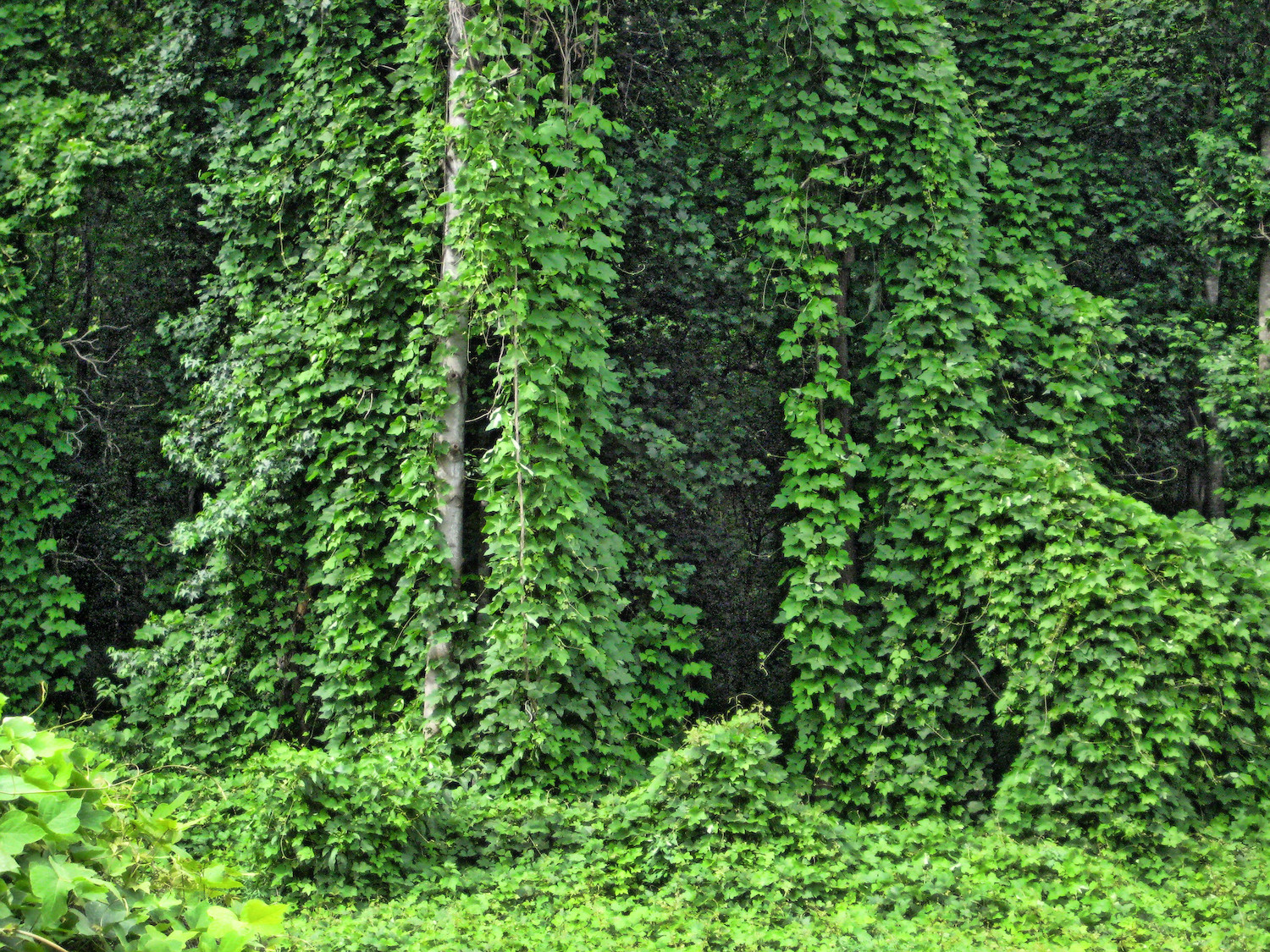Around the world, natural climate solutions, including agroforests, can help protect biodiversity and contribute to a third of the emissions reductions needed to avoid the worst impacts of climate change.
The primary cause of deforestation in the Brazilian Amazon might not be what most people think. It’s not deforestation for crops; it’s land clearing to create pastureland for livestock on family farms.
Biodiversity 101
What you need to know about biodiversity and how to protect it
In the Brazilian state of Pará, in particular, the pace of deforestation is rapid and intense, and about 40 percent of it takes place across more than 300,000 small family farms. For every 10 hectares of forest cleared by rural producers in Amazonia, 6 become pastureland, 3 are abandoned, and only 1 is converted for crops.
Unfortunately, many times when rural landholders clear forest to create pastureland they unintentionally begin a cycle of destruction. Without careful management, pastureland often degrades the soil and leaves livestock with nothing to graze on—so landowners clear more land, which then degrades the soil again, and on and on. Ultimately this cycle of degradation and destruction compromises not only the health of the forest, but landowners’ income generation and agricultural productivity.
It doesn’t have to be that way. To break that cycle, TNC has worked with rural landowners and producers in Brazil for more than 10 years on ways to create both lasting productivity of their farms and the health of the forest. Specifically, TNC supports rural producers in restoring their degraded pasturelands with cocoa-based agroforestry. And it works.
I’m Manas Ranjan Sahoo: Founder of “Webtirety Software”. I’m a Full-time Software Professional and an aspiring entrepreneur, dedicated to growing this platform as large as possible. I love to Write Blogs on Software, Mobile applications, Web Technology, eCommerce, SEO, and about My experience with Life.





